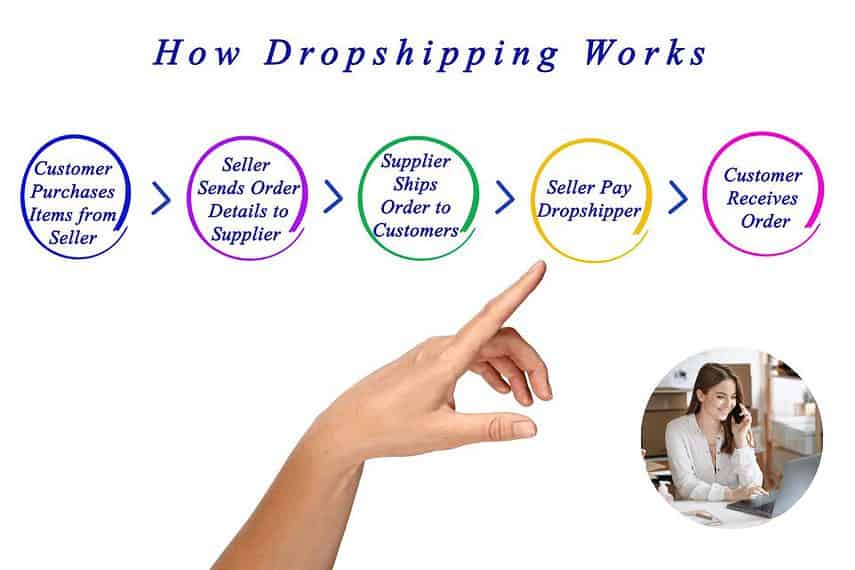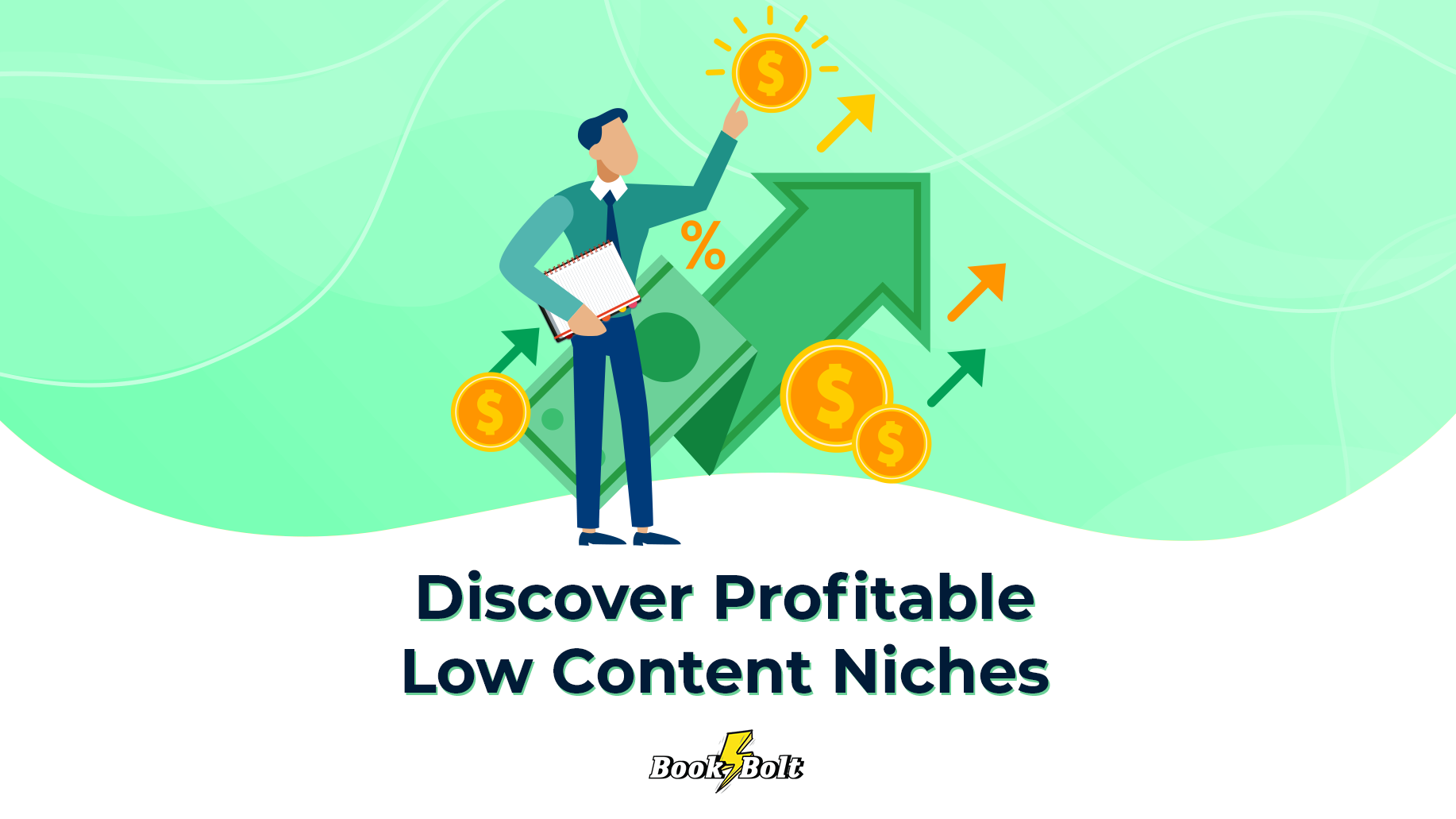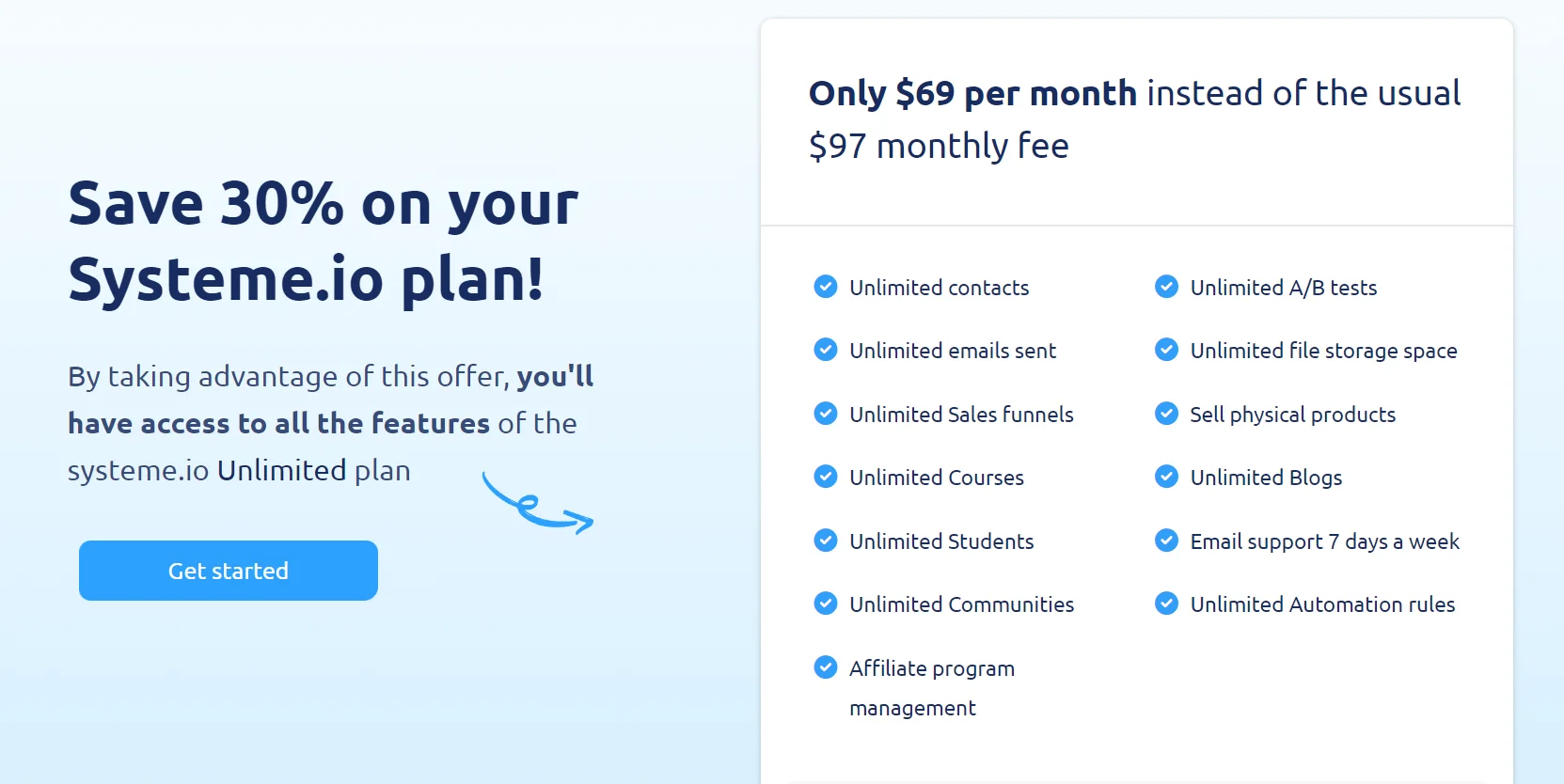Dropshipping is a business model that allows anyone to sell physical products without dealing with inventory or handling logistics such as packaging and shipping.
It’s different from traditional retail in that the seller doesn’t keep the product and fulfill orders directly. Instead, after a customer places an order with a dropship supplier, the supplier ships the purchased item directly to the customer.
The supplier may ship the item from its own warehouse or work with a common carrier to fulfill individual orders.
Dropshipping is a booming business model for anyone looking to start an online business without the high cost of other eCommerce ventures. In fact, research shows that 27% of online retailers leverage the power of dropshipping
In this article, I’ll tell you everything you need to know about dropshipping, starting your own dropshipping business and how it can help you create a profitable online store.
What is Dropshipping?
In the traditional retail model, a retailer buys products from a wholesaler or manufacturer with the intention of reselling them. In other words, if a customer walks into your brick-and-mortar store or visits your eCommerce site, you’ll process the customer’s payment, fulfill the order and take care of all the logistics.
Dropshipping is different. When a customer places an order on your online store, you simply forward the order to your dropship supplier who processes it then ships the purchased items directly to your customer. This can also be automated. You don’t ever take physical possession of the item yourself.
Thus, you don’t need to invest in inventory or warehousing. The main downside is that you’re limited by your suppliers’ effectiveness and lack control over things like delivery speed and inventory availability. If a supplier doesn’t deliver on time or provide a great customer experience, this will hurt your business.
The goal of dropshipping is to make a profit by taking a cut from each sale while minimizing your overhead and marketing expenses.
Dropshipping has been around for many years, but it wasn’t until recently that brands have started to trust this business model.
What are the Advantages of Dropshipping?
This business model has many advantages over the traditional eCommerce model:
- It doesn’t require too much capital to start (typically around $100, although I recommend you give yourself more than that since you will need to experiment with paid advertising to generate sales quickly.)
- Your overhead expenses are low because you don’t require a warehouse, large team or expensive inventory.
- It lets you sell high-ticket items without stock acquisition costs.
- You don’t need your own website–you can attract customers from other sites and marketplaces like Shopify, eBay, Amazon etc.
Many entrepreneurs are finding it easier to adopt this business model because there’s no heavy financial commitment involved.
In short, you can start your own business without too much upfront investment, and you can do it in a very short period.
What is the Difference Between Dropshipping and Affiliate Marketing?
While both dropshipping and affiliate marketing allow you to start a business without investing in inventory, the two are quite different in terms of operations and pricing control. With dropshipping, you can build a brand around other people’s products and even determine the pricing of the items in your store.
Affiliate marketing, on the other hand, only allows you to earn a specified commission as the price is set by the seller, ad not the affiliate.
How Much Money is Required to Start Dropshipping?
Since you don’t need your own inventory or warehouse, you can start with as low as $100 if this is your first time. However, I recommend preparing around $500-$1000 because it will make running the business easier, and you’ll have some to experiment with paid advertising.
What you need to get started:
Here are some of the things you may need to start dropshipping:
- An eCommerce platform ( Shopify store, WooCommerce, etc.)
- Payment processor and gateway (PayPal, Stripe)
- Customer acquisition plan: Facebook Ads, Google Ads, Social Media, Pinterest strategies etc.
- Dropshipping services like Oberlo
Is Dropshipping a Reseller Program?
Dropshipping is not a reseller program because with reselling, you are required to acquire the product, usually at a largely discounted pricing, and then resell them to your customers.
What’s the Difference Between Dropshipping and Fulfillment by Amazon (FBA)?
Dropshipping doesn’t require any inventory or warehouse, but I believe that FBA is slightly different because you’re still required to ship items to Amazon’s warehouses first before it’s sent to the customer. It also means that you either have to create these products yourself or source from the manufacturers at lower pricing.
How Long Does it Take to Start Dropshipping?
Starting a Dropshipping business doesn’t take much time since all you need are a Shopify storefront, reliable suppliers and targeted web and social traffic. The time it takes to generate that first sale varies depending on various factors such as:
- How professionally done your store is
- The ability of your target audience to acquire your products
- How fast you can generate traction to your store etc.
It’s possible to start making $1000-$2000 per month from your dropshipping business within just a month of operation. Of course, with a marketing budget and a great digital marketing strategy, you can get there way faster.
What’s the Future of Dropshipping?
Dropshipping is a proven and successful business model. It works for thousands of entrepreneurs worldwide, but I think it needs to be constantly innovated for better results in the future.
Some entrepreneurs have found success by adding some extra features or making tweaks to the model, so I think it’s possible to be even more effective in the future.
Many people are now familiar with the dropshipping business as almost any eCommerce course or training program has a dedicated section for it. Thus, new drop-shippers are finding it harder to compete. I recommend that you focus on carving out a niche, amplifying your marketing game and constantly improving your eCommerce storefront. In this business, you’ve got to be always iterating and improving to stay relevant.
How does Dropshipping work?
Every dropshipping company follows the same three steps. The first step is to register for a merchant account with a bank or credit card company, which provides you with payment processing capabilities.
The second step is to look for suppliers that have products you want to sell. You’ll be able to find all kinds of suppliers via Google searches or Facebook ads.
The third step is to create a web store powered by the eCommerce platform of your choice, such as Shopify, Woocommerce, etc. Then you’ll populate your store with products from your suppliers and make money anytime someone purchases your listings.
I’ve broken down the steps of starting a dropshipping business for you below.
1. Getting Suppliers
The first step is to find reliable suppliers to work with. Having the right supplier is crucial if you want to satisfy your customers and have them talking about your products and your store.
You can use search engines to look for dropship suppliers in your niche. Keep in mind that you shouldn’t be limited by price when selecting a supplier, but rather by the quality of their products and customer service. If you’re in doubt about someone, it’s better to skip them at this point because once you start selling their items, it’s hard to switch suppliers later.
There are great dropshipping companies that make it easy for you to find suppliers on AliExpress. Some of them include:
Do your research to determine which one is the best fit for you. Typically, you want one that makes it super easy to integrate with your store platform, whether it’s on Shopify or WordPress WooCommerce, and have great reviews from other dropshipping business owners.
2. Setting up Your Store
Now you’re ready to set up your store and populate it with products and descriptions provided by your supplier(s). It’s important to find a reputable eCommerce platform to build your store, like the top-rated WooCommerce, or Shopify.
You can then integrate your eStore with your dropshipping platform and start adding products to your store. Most dropshipping services will let you add products via plugins or scripts, so this shouldn’t be hard to implement. You can also use a dedicated dropshipping integration plugin like AliDropship to automatically place orders as they come in with your supplier.
This way, your online store could be up and running in hours, so you can start selling products online.
3. Marketing Your Store
Once your store is all set up, you’ll need to promote it so people can start discovering your products. At this point, you might want to test Facebook ads or Google Adwords to drive traffic and sales.
Depending on the level of success you’re achieving with these ads, you might also consider using other marketing strategies such as email marketing, blogging, etc.
The key is to find the right balance between promotion and profit. If you’re spending more money on ads than what your sales are generating, then it’s unlikely that you’ll be able to sustain this business model for too long, but the data gathered should be enough to inform your next marketing move…



